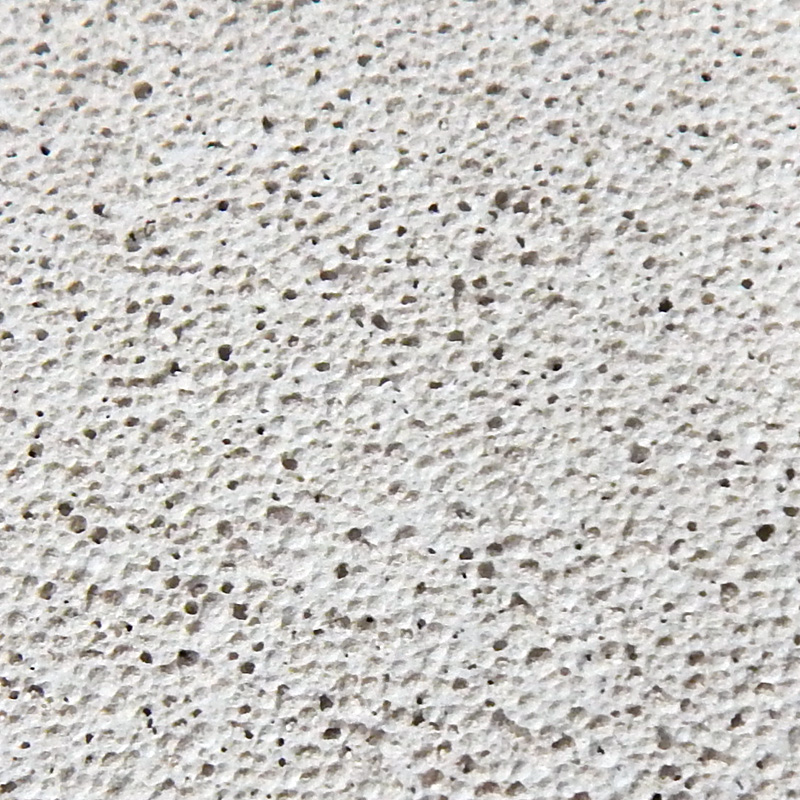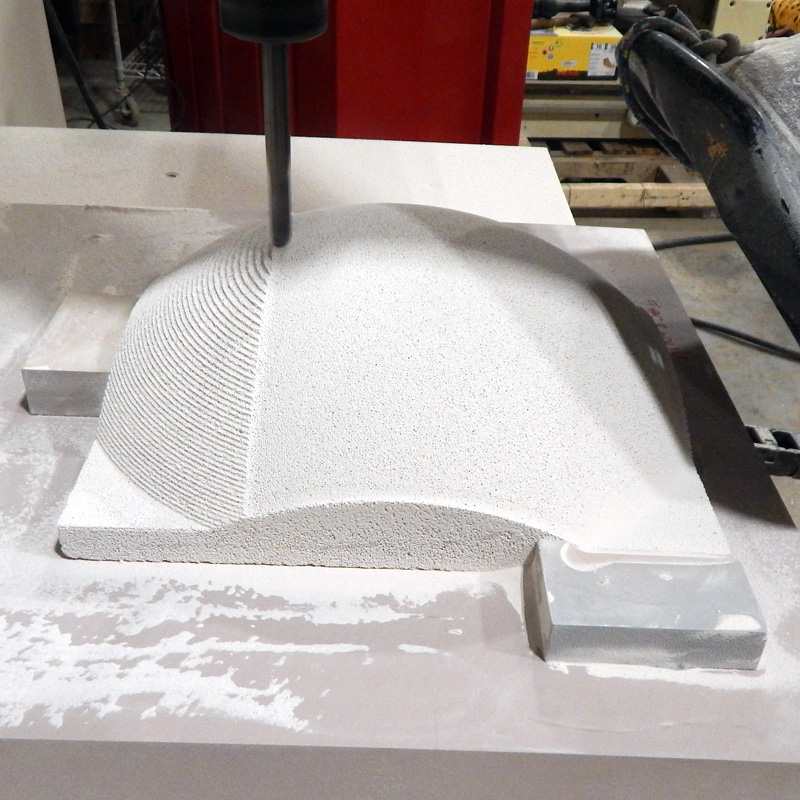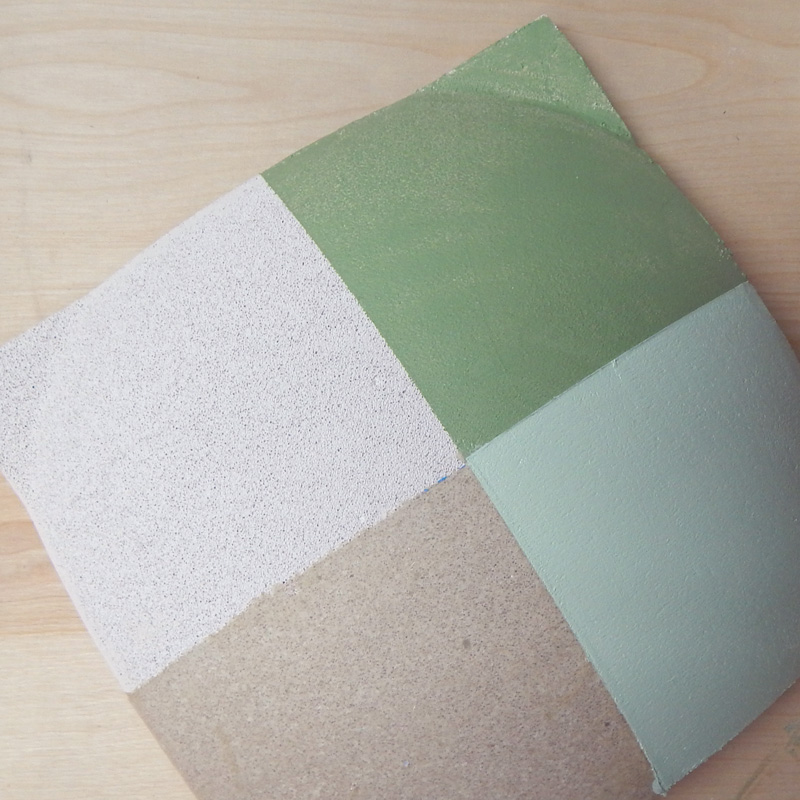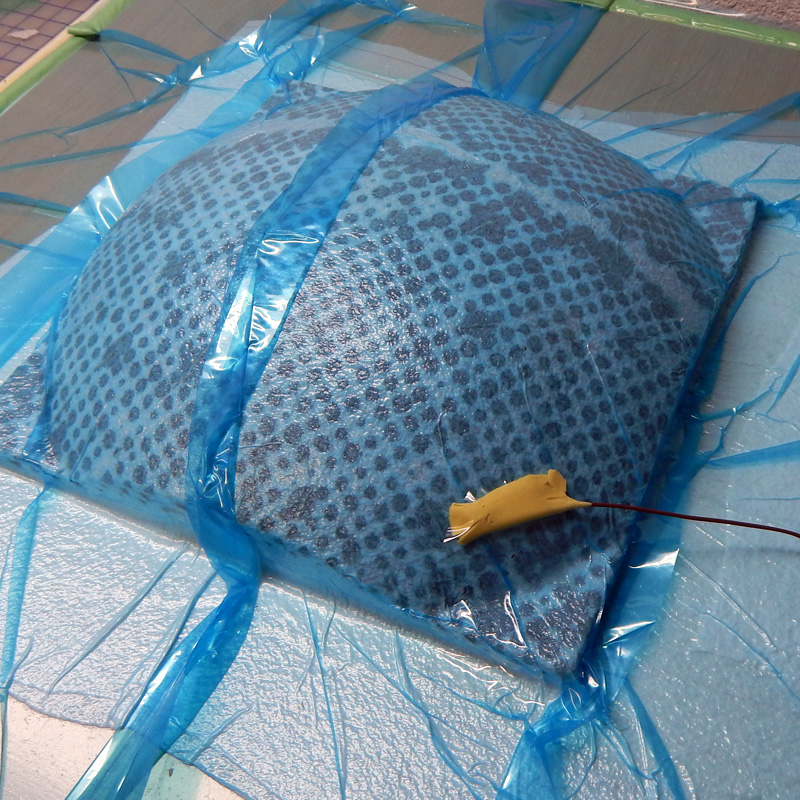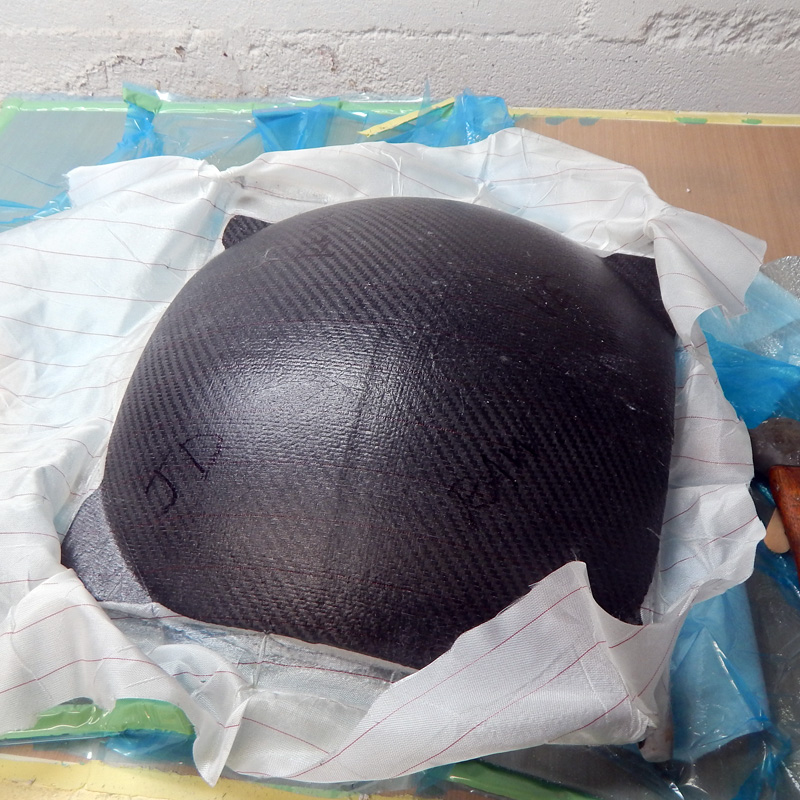New Video: How to Choose a Vacuum Pump
Last week I finished a new video to go with my article on vacuum pump choices and options. It was a fun one to make! I got a bunch of my pumps together (and traded for one – thanks Stephan!) and thought about how to show the differences and illustrate some if the key differences between types. All the pumps I used were small single phase electric ones that you could use in a hobby or home shop – but are also at home in an industrial setting. All were bought used – most for under $200US. Here’s the video:
I am not totally clear on what pump you should buy for yourself – and that is on purpose. There isn’t any ideal pump – and it is better to understand the parameters and make the best choice for the combination of things you’re working on. If you get serious about composites and vacuum bags, you’ll want to have a few. At this time I have these plus a few larger ones – and that’s down quite a bit from when I had an actual factory! Vacuum is so important to composite processing that it is a good idea to have a variety of pumps for different types of work – and for backup.
Used pumps are a great deal and because they can be rebuilt fairly easily and composites work is not demanding of real (as these things go) high vacuum – there are lots of options. Ebay, surplus websites, auctions and local classified ads are all good places to look. Try to find a common brand that offers parts for repairs in your area. I didn’t go there in the video, but those cheap AC and refrigerant pumps you can get for under $100US are probably not going to give you as good an experience as these more industrial ones. They have lots of bad habits and can be an ok first pump or emergency backup – but you’ll be better served in the long run to find something more rugged and dependable.
Here’s the main article: HOW TO CHOOSE A VACUUM PUMP FOR COMPOSITES
